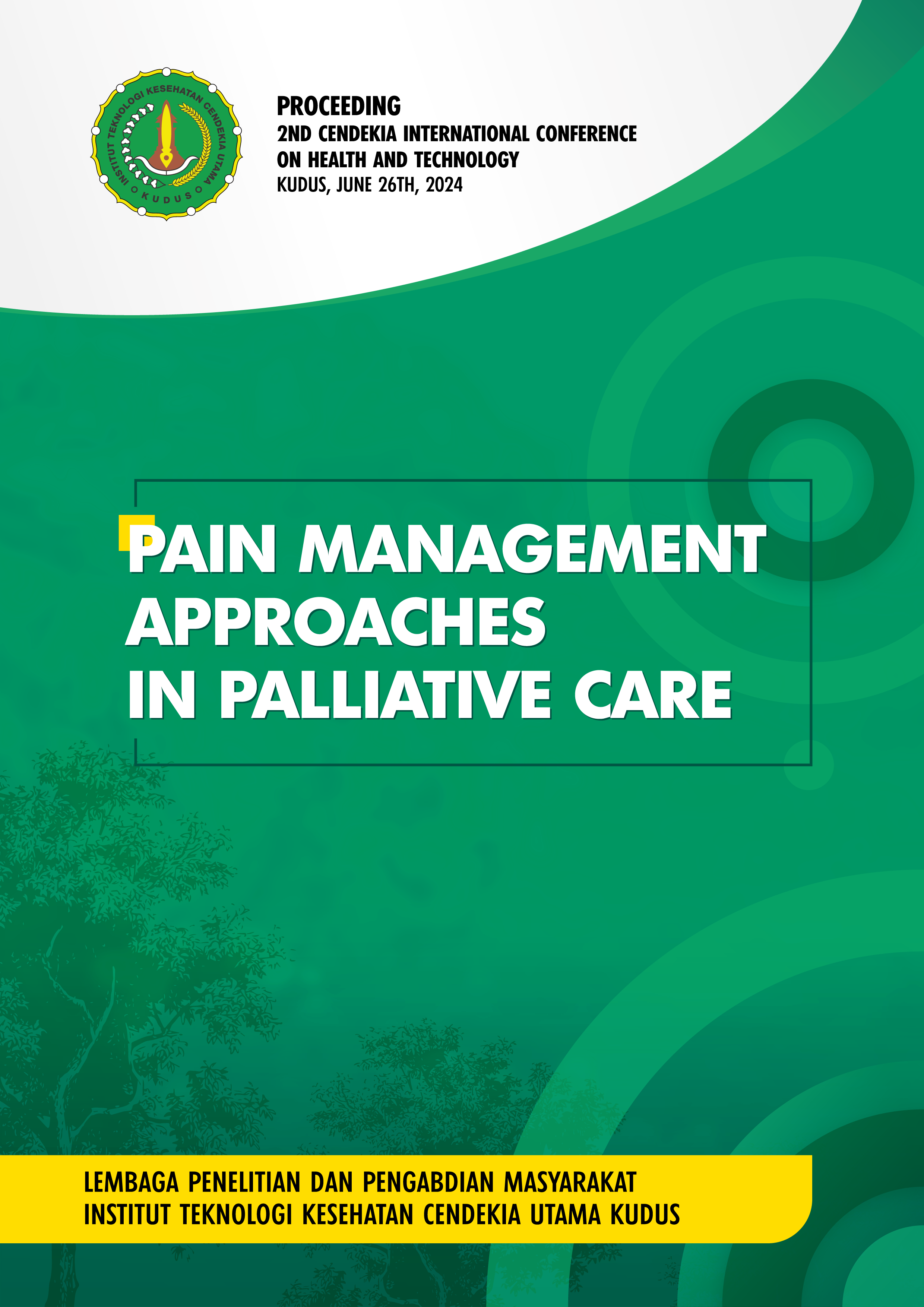Experience Of Family As A Caregiver In Treating Stroke Patients In Mardi Rahayu Kudus Hospital
Main Article Content
Abstract
. Stroke is a major health problem for modern society today. According to the WHO (World Health Organization) in 2016, deaths from strokes by 51% worldwide were caused by high blood pressure. Based on data from the 10 biggest diseases in Indonesia in 2018, the prevalence of stroke cases in Indonesia based on the diagnosis of health workers is 10.9 per mill Various problems that stroke patients may experience include paralysis, weakness, balance disorders, speech disorders , etc. so that these patients need help in meeting their daily needs. This study used a qualitative method with a phenomenological approach. Informants in the study were 5 people. The selection of information is carried out using purposive sampling technique. Data collection techniques were in-depth interviews and data collection tools, such as interview guidelines. Based on the results of interviews conducted, almost all family feelings as caregivers in caring for stroke patients are sad, all participants answered that the services at Mardi Rahayu Hospital are good and fast, almost all participants' expectations for their husbands are to recover quickly, Almost all obstacles caregivers experience are a matter of time and money. Conclusion: Based on the results of interviews conducted, almost all family feelings as caregivers in caring for stroke patients are sad, almost all participants answered that the services at Mardi Rahayu Hospital are good and fast, almost all participants' hopes for their husbands are to recover quickly, almost all the barriers experienced by caregivers are financial and time issues.
Downloads
Article Details
References
Ahmadi, R. (2016). Qualitative research methodology. Yogyakarta: Ar-Ruzz Media.
Arya, WW 2011. Strategies for Overcoming & Recovering from Stroke, Yogyakarta: Student Library.
Awad, A.G., & Voruganti, L.N. (2008). The Burden of Schizophrenia on Caregivers. Journal of Pharmacoeconomics, 26(2), 149-162.
Brunner and Suddarth. (2002). Textbook of Medical Surgical Nursing. 8th edition volume 2. Jakarta : EGC.
Health Office, Central Java. Health Profile of Central Java Province 2012. 2013, Semarang: Central Java Health Office
Drummond, 2008. Young women perceived experience of caring for husband withstroke.http://ojni.org.drummond.htm.
Feigin, Valery. (2006). Stroke. Jakarta: PBhuana Popuper Science Gramedia Group.
Given, BA, Given, C.W,. & Sherwood, R.P. (2011). Family & caregiver needs over the course of the cancer trajectory. The Journal of Supportive Oncology, 10(2), 57–64.
Junaidi, Iskandar. (2011). Stroke Beware of the Threat. Yogyakarta: CV Andi Offset
Julianti, (2013) regarding the experience of caregivers in caring for post-stroke patients at home in the work area of the Benda Baru Community Health Center, South Tangerang City
Murwani, A. 2007. Family Nursing Care Concepts and Case Applications. Jogjakarta: Mitra Cendikia Press.
Muttaqin, A. 2008. Nursing Care for Clients with Nervous System Disorders. Jakarta: Salemba Medika
Notoatmodjo, Soekidjo. 2012. Health Research Methodology. Jakarta: Rineka Cipta.
Nursalam . 2013. Nursing Science Research Methodology: A Practical Approach. Edition 3. Jakarta: Salemba Medika
Ogungbo, 2008. How can we improve the management of stroke in Nigeria.Africa.http://www.ajns. Peans.org.article.php.id.article
Ostwalld, 2008. Education guidelines for stroke survivors after discharge home :literature/http://medscape.com/viewarticle

